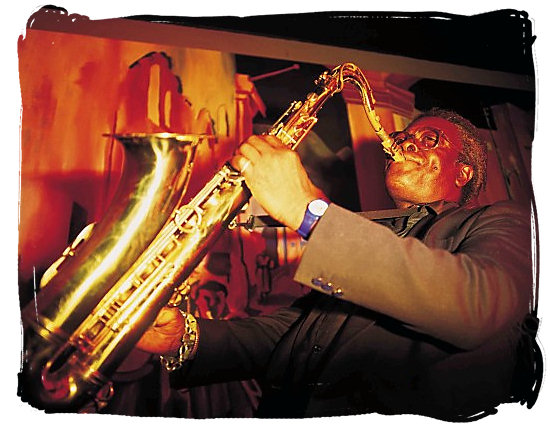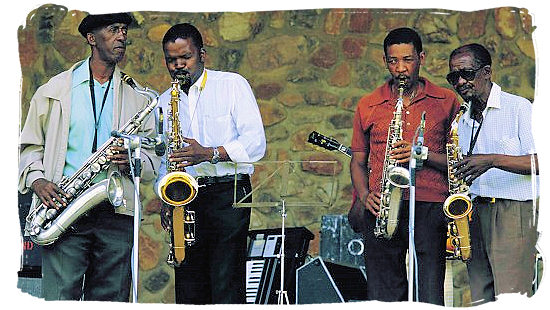AFRICAN AMERICAN CULTURE OF MUSIC
Although the enslaved African people who were brought to America could not bring their musical instruments with them, they did not forget their musical traditions. Some slaves were not allowed to speak their native language in America and added their own traditional styles to European-American songs and dances. They passed on traditional African musical styles from generation to generation. Gradually, several styles of African American music emerged in the United States. Today, two of the best-known styles are blues and jazz.
BLUES
The blues most likely began as solo singing. These solo songs may have come from "field hollers" that slaves yelled while they toiled in the fields. They also may have come from story songs, called ballads, and other songs that were sung at lively dances. Blues singers made slight changes to original melodies and rhythm in order to add emotional expression, including sounds of moaning or crying. The emotions expressed were often sad and mournful.
Later on, instruments such as the guitar, banjo, and harmonica were added to accompany solo blues singing. Eventually the piano, bass, drums, brass, and woodwind instruments were also added. Today, musicians follow a specific form or pattern of phrases when they sing or play the blues. One of America’s most famous blues singers was Bessie Smith (1894–1937).
JAZZ
Jazz probably began in New Orleans, Louisiana, in the early twentieth century. It started as a mixture of many different types of music including popular music and the blues. It has changed over the years and has many different sub-styles, such as Dixieland, swing, bebop, Afro-Cuban, cool, free jazz, and fusion. 
In jazz the performer often improvises to create new or different sounds that add to the emotional expression of the song. Jazz musicians create their own version of the melody while they are performing. The performers usually begin by playing a tune that they all know, and then they take turns improvising around that tune. Sometimes jazz performers make up a completely new melody that goes with the same chord progression of the original melody. Players or singers often repeat the melody in its original form at the end of the selection. In jazz style, performers often "swing" the rhythm of steady eighth notes, for example. To do this they change an even rhythm to uneven.
There are different kinds of jazz bands. A "combo" is a small jazz ensemble that usually consists of a keyboard, bass, drums, and sometimes guitar. These form the rhythm section. They support the rhythm and harmony, and each of these instruments can function as a soloist, trading off with the others. Sometimes a melody instrument is added, such as a clarinet, saxophone, or trumpet, and there may be a singer. A "big band" might include five saxophones, five trombones, five trumpets, and a rhythm section of a keyboard, drums, guitar, and, in the early days, banjo and tuba.
Jazz also uses different timbres for special effects. Instrumentalists often imitate the same vocal sounds that are used in the blues, such as moaning, wailing, growling, and shouting. Some jazz singers like to "scat," or sing nonsense syllables that sound like instruments playing jazz. One singer famous for her scat singing was Ella Fitzgerald.
BACK TO MUSICAL CULTURE

